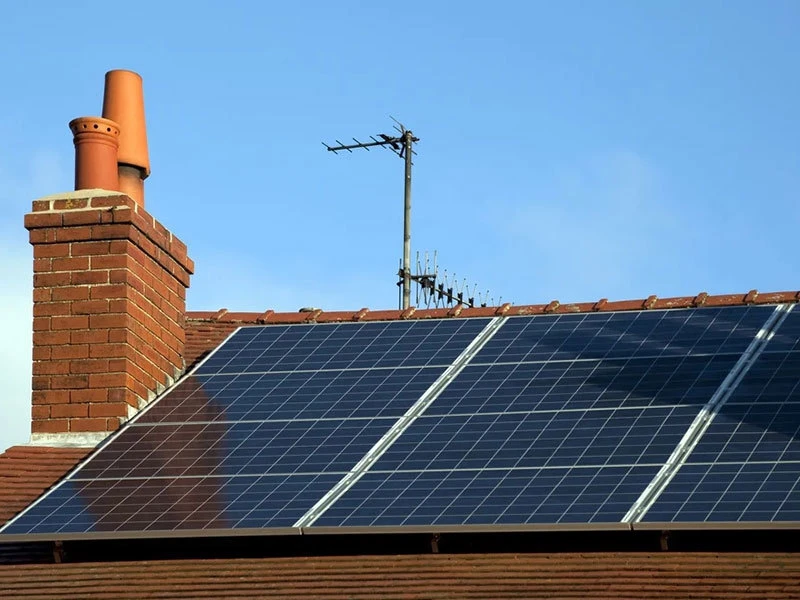solar module bifacial
The Advancements and Benefits of Bifacial Solar Modules
The renewable energy landscape is undergoing a significant transformation, and one of the most promising innovations in solar technology is the bifacial solar module. Unlike traditional solar panels, bifacial modules can capture sunlight from both the front and the back, maximizing energy yield and efficiency. This article explores the advancements, benefits, and future potential of bifacial solar modules in the quest for sustainable energy solutions.
Understanding Bifacial Technology
Bifacial solar modules leverage a unique design that enables them to absorb sunlight from both sides. This technology is achieved through the use of transparent backsheets or glass, allowing light to penetrate from the rear side. The panels can utilize reflected light from surrounding surfaces, such as the ground, buildings, or solar trackers, thereby increasing energy production significantly.
The efficiency of bifacial modules is influenced by several factors, including the albedo of the surface beneath them. Albedo refers to the reflectivity of the ground material. Lighter-colored surfaces, such as white gravel, sand, or snow, reflect more sunlight, thus enhancing the amount of light captured by the rear of the panels. Although bifacial technology is still evolving, installations have reported energy increases ranging from 10% to 30% compared to traditional panels, depending on the placement and conditions.
Advantages of Bifacial Solar Modules
1. Higher Energy Output The primary advantage of bifacial solar modules is their ability to generate more electricity. By capturing sunlight from both sides, they can significantly boost overall energy production, which is particularly beneficial in utility-scale solar projects.
2. Durability and Longevity Bifacial panels are generally constructed with higher quality materials and are often designed to be more robust. This durability not only extends their lifespan but also makes them more resistant to environmental impacts like hail, high winds, and snow loads.
3. Reduced Land Use As bifacial modules produce more energy per unit area, they allow for more efficient land use. This is crucial in areas where land is limited or expensive, enabling more solar energy generation without the need for extensive land clearing.
solar module bifacial

4. Enhanced Performance in Various Conditions Bifacial modules can outperform traditional panels in a broad range of environmental conditions. For example, in snowy or coastal regions where sunlight can be reflected from the ground or water, bifacial modules excel due to their enhanced light capture capabilities.
5. Lower Levelized Cost of Electricity (LCOE) By increasing energy output without a proportional increase in costs, bifacial solar modules can present a lower levelized cost of electricity. This leads to more cost-effective solar energy solutions, making them appealing to investors and utility companies.
Challenges and Considerations
While bifacial technology presents numerous benefits, it also comes with some challenges. The initial investment is higher than traditional solar panels, which can deter some potential users. Additionally, optimal performance requires careful site selection and installation strategies. The placement of modules, the type of ground surface, and the overall system design play critical roles in determining the efficiency gains.
Moreover, the industry is still refining methods for testing and quantifying the performance of bifacial modules, which can lead to variability in energy predictions. Stakeholders must therefore be cautious and ensure thorough feasibility studies before implementation.
The Future of Bifacial Solar Modules
The future of bifacial solar modules looks promising. As technology matures, we can expect advancements that will further enhance efficiency and ease of installation. Furthermore, increased adoption in both residential and commercial sectors could drive down costs, accelerating the transition to renewable energy.
Regulatory incentives and government policies geared towards clean energy adoption create a favorable environment for bifacial technology. As the world grapples with climate change and the need for sustainable energy sources, innovations like bifacial solar modules play a significant role in driving us towards a greener future.
In conclusion, bifacial solar modules represent a significant leap forward in solar technology. With their capacity for higher energy yield, durability, and reduced land footprint, they are positioned to play a crucial role in the global shift towards sustainable energy solutions. As ongoing research and market demand support their continued development, bifacial modules are poised to become a staple in the renewable energy sector.
-
String Solar Inverter: The High-Efficiency Solution for Smart Solar EnergyNewsJul.14,2025
-
Revolutionizing Rooftop Energy with the Power of the Micro Solar InverterNewsJul.14,2025
-
Power Independence with Smart Off Grid Solar Inverter SolutionsNewsJul.14,2025
-
On Grid Solar Inverter: Powering the Future with Smart Grid IntegrationNewsJul.14,2025
-
Monocrystalline Solar Panels: High-Efficiency Power for the Future of Clean EnergyNewsJul.14,2025
-
Bifacial Solar Panel: A Smarter Investment for Next-Generation Energy SystemsNewsJul.14,2025







